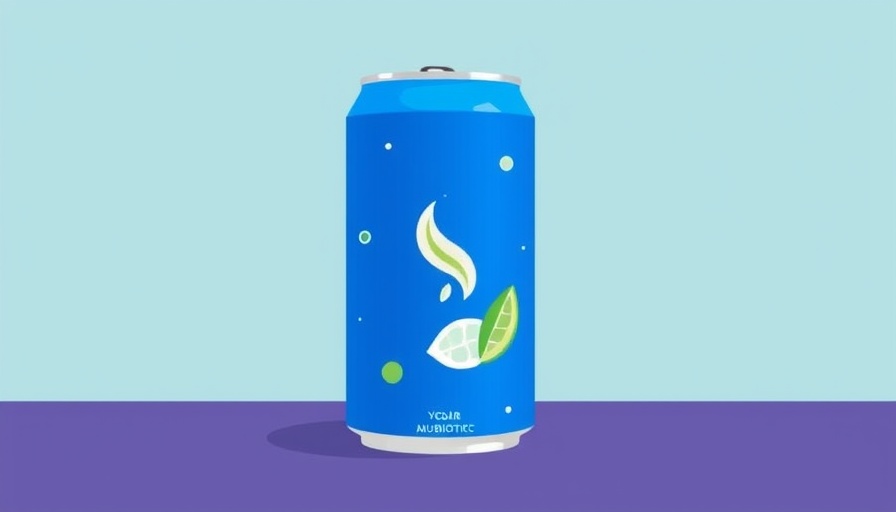
Why Prebiotic Sodas Are Making Waves in Grocery Stores
In recent years, prebiotic sodas have emerged as a major trend in grocery aisles across the country, attracting attention for their promise of promoting gut health. Unlike your traditional sugar-laden sodas, these fizzy alternatives boast lower calorie counts and are touted to contain prebiotic and probiotic ingredients. This has made them a go-to option for health-conscious consumers—especially parents and seniors seeking healthier lifestyle choices.
Understanding Prebiotics and Probiotics
But what exactly makes a soda "prebiotic"? Prebiotics are components found in certain foods that nourish beneficial gut bacteria and promote healthy digestion. Many prebiotic sodas include inulin and apple cider vinegar, both known for their roles in supporting gut health. Some even carry probiotics, which are live microorganisms that contribute to a balanced gut flora.
Insights for Choosing the Right Product
When selecting a prebiotic soda, focus on those containing both prebiotics and probiotics, as studies indicate that these two work synergistically to enhance your digestive health. Look for products free from excessive sugars and artificial sweeteners to maximize benefits. While they serve as a refreshing alternative, moderation remains key to avoiding potential negative effects.
The Bigger Picture: Health Concerns and Benefits
The rise of prebiotic sodas coincides with increasing health concerns surrounding heavily sugared beverages, which have been linked to obesity and other health issues. By offering a lower-sugar alternative, these drinks present an attractive option for families aiming to improve their dietary habits. However, dietary experts still encourage obtaining nutrients through whole foods where possible, underscoring the importance of balance in one’s diet.
Final Thoughts: Embracing Healthy Alternatives
As prebiotic sodas become more mainstream, understanding their place in a healthy diet is crucial. They may serve as a welcome treat, but they don't replace the need for substantial nutritious foods that offer an array of vital vitamins and minerals. So, whether you’re a parent looking for healthier options for your family or a senior wanting to improve digestion, these fizzy drinks could be a part of a larger, wholesome diet.
 Add Row
Add Row  Add
Add 




Write A Comment